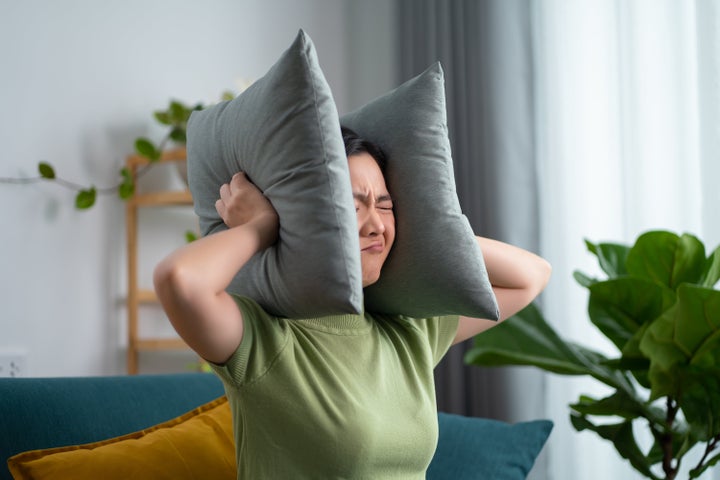
Music is blaring, people all around you are in conversation and then you realise, oh no, your friend has been trying to ask you a question.
You couldn’t hear them not because you can’t hear anything but instead, because you can hear everything. There are no decipherable sounds, they’re all happening at once and you can’t quite take anything specific in.
This could be down to a number of things. For example, people with dyspraxia struggle with distinguishing sounds from background noise, as do other neurodivergent people.
For everybody else though, they could be experiencing something called ‘the cocktail party effect’. This effect is something that 3 in 5 Brits struggle with, according to the hearing specialists at eargym.
The experts said: “The “cocktail party effect” can be an early sign of hearing loss. It can affect anyone, regardless of age. However, difficulty hearing others in noisy places doesn’t always mean you’re losing your hearing.”
How to prevent the “cocktail party effect”
Give your ears a break
Taking regular breaks from noisy environments can go a long way to protecting your hearing. Step outside from noise at regular intervals to give your ears a moment to recover and your brain a chance to rest.
Follow the 60/60 rule when using headphones
When listening to music or podcasts using headphones, make sure that you listen at no more than 60% volume for a maximum of 60 minutes before taking a break.
This is because regular breaks when listening to headphones are essential to reduce the risk of developing noise-induced hearing loss and the cocktail party effect.
Train your hearing
Eargym are keen to emphasise that, contrary to popular belief, hearing loss is not an inevitable consequence of ageing. It’s entirely possible to train your brain to get better at processing sounds.
Try this quick exercise to practise understanding speech when there’s background noise:
- Put on your favourite TV show or podcast, and play some white noise alongside it from another device — Spotify or Youtube are great for finding white noise tracks
- Turn up the volume of the white noise track until you can’t hear what is being said in the TV show or podcast. Then reduce the volume down to a level where you can just about follow along. Make a note of this volume
- Listen to the TV show alongside the white noise for at least 10 minutes and repeat daily, noting how loud the white noise gets before you stop being able to make out the words on the TV show each time
- Make sure you keep the volume at a safe level under 60% and set the volume of the TV or podcast to the same comfortable level each time. The lower the better, as you’ll then need a lower white noise volume
Gradually, you should notice that you are able to understand what is being said in the TV show or podcast over the white noise at an ever-increasing volume. At your next social event, you should be able to better understand conversation over the background noise.
Check your hearing regularly
Regularly checking your hearing health is really important at all ages. A trip to your local audiologist will help you spot any changes in your hearing capacity so you can seek help if you need it.
Checking and training your hearing regularly can significantly improve your hearing health span before your hearing starts to deteriorate.